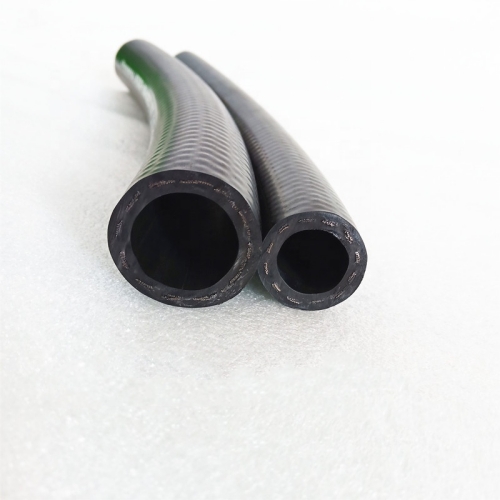335345435
joulu . 26, 2024 18:25 Back to list
hydraulic hose connector types
Understanding Hydraulic Hose Connector Types
Hydraulic systems have become instrumental in various industries, ranging from manufacturing and construction to automotive and agriculture. A critical component of these systems is the hydraulic hose and its assortment of connectors. Proper use and understanding of hydraulic hose connector types are essential for ensuring the efficiency and safety of equipment.
Hydraulic hose connectors serve as vital links between hoses, pumps, cylinders, and other machinery components. These connectors come in various types, structured to accommodate different pressure levels, environments, and fluid types. A thorough understanding of the different types of hydraulic hose connectors can significantly enhance system performance and longevity.
1. Quick Couplers
Quick couplers are designed for ease of attachment and detachment. These connectors allow fluid flow to be established or terminated quickly without the need for tools. Quick couplers are often used in applications where hoses are frequently changed, such as in landscape maintenance or agricultural machinery. They come in various sizes and configurations, ensuring compatibility with various hose types and sizes. The simplicity of quick couplers can help reduce downtime and improve productivity.
2. Fittings
Fittings are permanent connectors that secure hoses to other components. They come in various shapes, such as elbows, tees, and straight connectors. Fittings can be threaded or non-threaded; threaded fittings typically feature a sealant to prevent leaks. The primary types of fittings include JIC (Joint Industry Council), NPT (National Pipe Thread), and BSP (British Standard Pipe). Each has specific applications and advantages depending on the system's requirements, such as ease of assembly and strength.
3. Barbed Connectors
Barbed connectors utilize a protruding ridge to hold the hose securely in place. They are known for their simple design and ability to create a leak-proof seal when used with a hose clamp. This type of connector is common in low-pressure applications and is often found in agricultural and garden equipment. Although barbed connectors are not suitable for high-pressure systems, they are economical and easy to install.
hydraulic hose connector types

4. Swivel Connectors
Swivel connectors allow for rotation between two hose ends without twisting the hoses themselves. This feature is crucial in applications where flexibility is required, such as in hydraulic arms and boom systems, where movement can result in hose tangling or damage. Swivel connectors reduce stress on hoses, extending their life and efficiency. They come in various styles, including swivel nuts and swivel male/female, catering to different working conditions.
5. Four-Bolt Flanges
Four-bolt flanges are used to connect larger hydraulic systems requiring a strong, secure connection. These connectors consist of a flat flange with four holes for bolts, ensuring a stable and leak-free seal. Common in industrial applications, four-bolt flanges can handle high-pressure environments and are typically used in conjunction with larger diameter hoses.
6. Push-to-Connect Connectors
Also known as push-in connectors, these have become popular for their ease of use. They allow hoses to be inserted into the connector without additional tools. This feature enhances efficiency and reduces assembly time. Push-to-connect connectors are often used in fluid power systems, particularly in applications where space is at a premium.
Conclusion
Selecting the right type of hydraulic hose connector is crucial for the efficiency and safety of hydraulic systems. Each connector type serves specific functions and applications, underscoring the importance of understanding their characteristics and capabilities. When choosing hydraulic hose connectors, consider factors such as pressure requirements, fluid compatibility, and installation frequency to ensure a reliable and effective hydraulic system. Having a well-designed and properly assembled hydraulic system equipped with the correct connectors can lead to improved performance, greater safety, and reduced maintenance costs.
-
SAE 100 R17 Black Smooth Cover Hydraulic Hose
NewsMar.07,2025
-
SAE 100 R17 Black Smooth Cover Hydraulic Hose
NewsMar.07,2025
-
SAE 100 R17 Black Smooth Cover Hydraulic Hose
NewsMar.07,2025
-
SAE 100 R17 Black Smooth Cover Hydraulic Hose
NewsMar.07,2025
-
SAE 100 R17 Black Smooth Cover Hydraulic Hose
NewsMar.07,2025
-
steel wire braided hydraulic hose
NewsMar.07,2025



